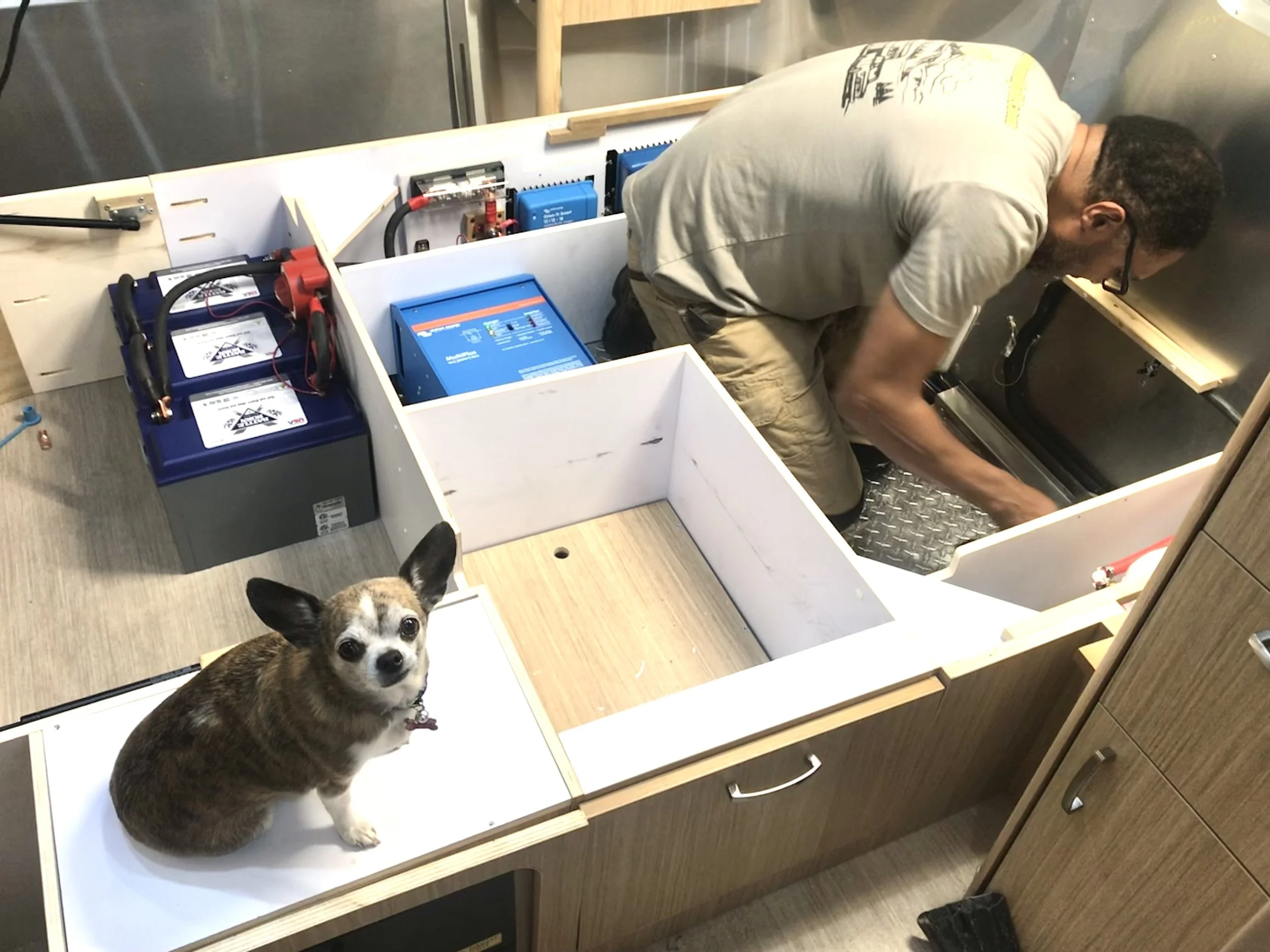How does an RV electrical system work?
An RV electrical system typically includes two types of electrical systems: 12-volt DC and 120-volt AC. Here's how they work:
12-volt DC system: The 12-volt DC system is powered by the RV's battery or batteries, and it is used to power DC appliances and devices, such as lights, water pumps, and fans. The battery is charged by a converter when the RV is connected to an external power source or by a solar panel when the RV is off the grid. The 12-volt DC system is separate from the 120-volt AC system, so even if the RV is not connected to an external power source, you can still use DC appliances and devices.
120-volt AC system: The 120-volt AC system is used to power AC appliances and devices, such as TVs, microwaves, and air conditioners. The 120-volt AC system is powered by an external power source, such as a campground hookup, generator, or an inverter that converts DC power from the RV's batteries into AC power. When the RV is connected to an external power source, the AC appliances and devices will run off the external power. When the RV is not connected to an external power source, the AC appliances and devices can be powered by the inverter, but this will drain the RV's batteries more quickly.
RV electrical systems can be complex, and it's essential to follow safety guidelines and instructions carefully. It's also important to monitor your battery levels and power usage to avoid running out of power when you need it most.
Become Campground Optional
Once you've accepted your quote and set an appointment, just drop off your rig and we’ll take it from there. Your solar powered RV will be ready in three days or less, and you'll hit the road more free than ever.

